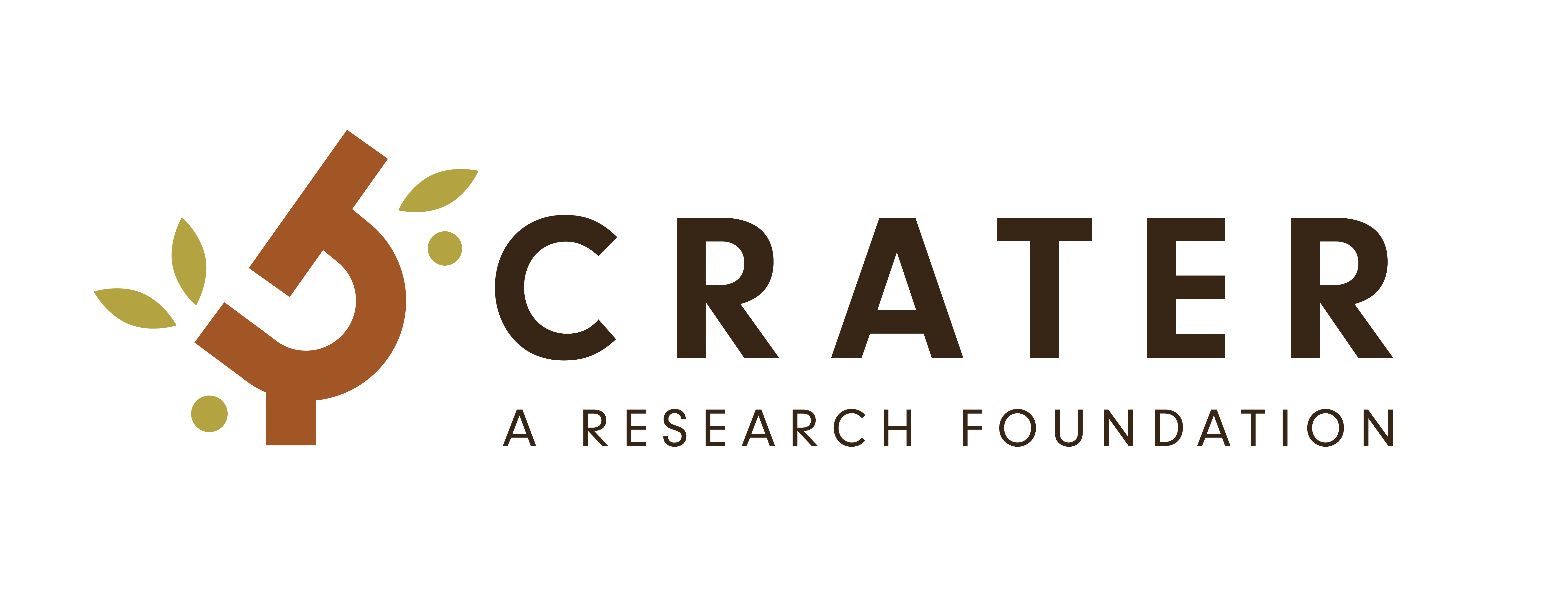ABOUT US
Our foundation
CRATER is a not-for-profit research foundation set up to advance scientific knowledge and promote the benefits of regenerative agriculture. Through its access to Goondicum Station in Central Queensland, CRATER offers a unique location to study Australia’s flora and fauna, the natural sciences, and agriculture.
We welcome scientists, researchers, agriculturalists, students, and nature enthusiasts to study the rich biodiversity and unique geological credentials of Goondicum Crater, and to observe the principles of regenerative agriculture in action.
CRATER strives to promote the value of nature to human and animal health, and provides visitors with workshops, accommodation, and practical in-the-field experience.
FAUNA & FLORA
You can expect to see a diverse range of flora and fauna at Goondicum Station. The property’s forests and waterways are homes for a large variety of amphibians, mammals, reptiles, insects, and arachnids. The area is also a hotspot for bird watchers and ornithologists, as there are over 130 species of birds hidden in the undergrowth and canopies on the property.
With thousands of hectares of undisturbed forest, mammals thrive on Goondicum Station – however, you’ll have to stay up late to see them! Gliders, koalas, possums, flying foxes and bats forage among the canopy at night, while on the forest floor you might see a rock wallaby, bettong or pebble mound mouse. Down by the creeks, keep an eye out for turtles, water dragons, fish and platypuses.
A number of vulnerable and endangered fauna species are safe in the haven of Goondicum – the koala, glossy black cockatoo, white-throated snapping turtle, greater glider and squatter pigeon.
Within the crater, you can visit a remnant endangered ecosystem: the unique semi-evergreen vine thicket. You can also stand in awe of giant Queensland bottle trees.
Keep an eye out for koalas resting while you’re walking among the beautiful eucalyptus forests.
Head down to boulder-strewn gorges, where creeks have carved their way through the crater’s rim over millions of years, creating cliff faces that provide a safe refuge for the elusive rock wallabies.
Permanent waterholes in the wetlands provide habitat for frogs, native fish and reptiles, as well as a feeding and resting ground for migratory birds.
GEOLOGY & SOILS
During the late Permian to mid-Triassic time, the Hunter Bowen Orogeny (an onslaught of volcanic activity) formed the New England Fold Belt in the Monto area. Following the orogenic event in the late Permian, the Goondicum Gabbro was formed as a plutonic volcanic batholith. By the time this activity was complete, Mt Goondicum had become a huge mountain, significantly taller than its 558m of today.
In the late Triassic, the thinned crust was again under tension, leading to another round of violent volcanic activity which saw granitic intrusions forming in the surrounding area. After millennia of weathering, the ranges currently to the north and south of Goondicum were created with the granite bodies now exposed in many places.
Over the ensuing years, Mt Goondicum gradually eroded to remain as a central peak within a defined crater. The soils within the Goondicum crater have eroded from the original dense, mafic rock of Mt Goondicum – forming rich, fertile ferrosols with high surface phosphorus and superior water holding capacity.
MISSION
Centre for Regenerative Agriculture Training, Education and Research (CRATER)
aims to be a leader in research and learning in the area of regenerative agricultural techniques.
CRATER is committed to sharing all facets of regenerative, integrative and
progressive beef production and land management practices.
A LIVING LAB
CRATER offers visitors a ‘living lab’ experience. CRATER has been granted research access to the historic Goondicum Station, a 7,000 hectare working cattle farm where regenerative agriculture decisions made over the past three decades have allowed native flora and fauna to flourish in an agricultural landscape.
The property’s mode of operation and diverse natural ecosystems provide multiple teaching and learning opportunities for CRATER and its visitors, whether that is in the form of scientific research on individual species found on the property, agriculturalists attending regenerative farming workshops, or student and naturalist field trips.
VISION
CRATER’S vision is to become a wider repository of scientific and agricultural knowledge, a collaborative space where our visitors, partners, and the CRATER team can publicly share their research and experiences to help others— whether that is in the fields of agriculture, bioscience, geophysics or conservation. As CRATER grows, it is our hope that many properties and institutions will join the CRATER network and share in the learning.
Stay in Touch
Join our mailing list to hear more about the work we do.
